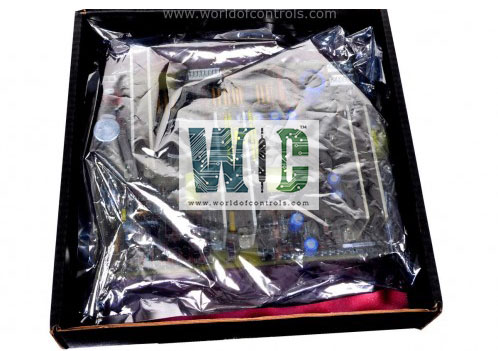
World Of Controls understands the criticality of your requirement and works towards reducing the lead time as much as possible.
IS200VCMIH1C - Bus Master Controller is available in stock which ships the same day.
IS200VCMIH1C - Bus Master Controller comes in UNUSED as well as REBUILT condition.
To avail our best deals for IS200VCMIH1C - Bus Master Controller, contact us and we will get back to you within 24 hours.
Part No.: IS200VCMIH1C
Manufacturer: General Electric
Country of Manufacture: United States of America (USA)
Board Type: 6U high VME board
SIze: 0.787 inch wide
Processor: Texas Instruments
Dual-port memory:32 Kbytes in 32 bit transfer configuration
SRAM:64k x 32
Flash memory:128k x 8
Product Type: Bus Master Controller
Availability: In Stock
Series: Mark VI
IS200VCMIH1C is a Bus Master Controller developed by GE. It is a part of Mark VI control system. The VCMI serves as a communication interface within the control system architecture. It facilitates seamless interaction between the controller and the I/O (Input/Output) boards, ensuring efficient data exchange and system control. The VCMI acts as the communication interface to the system control network, commonly referred to as IONet. By ensuring efficient data exchange between the controller and I/O boards, and by maintaining organized communication within the system control network (IONet), the VCMI helps maintain the integrity and performance of the control system. Its ability to manage board IDs further ensures that the system components are correctly identified and addressed, reducing the risk of communication errors and enhancing the overall robustness of the system.
The WOC team is always available to help you with your Mark VI requirements. For more information, please contact WOC.
What is IS200VCMIH1C?
It is a bus master controller developed by GE under the Mark VI series.
What are the default alarm settings for the power supply buses?
The default alarm settings are typically set at 3.5 percent for the 5 V, 12 V, and 15 V supplies, and at 5.5 percent for the 28 V supplies.
What diagnostic signals are monitored from the Power Distribution Module (PDM)?
The VCMI system monitors several diagnostic signals from the PDM, including ground fault detection, over/under voltage on the P125 V bus, two differential 5V DC analog inputs, P28A and PCOM for external monitor circuits, and various digital inputs.
How does the system handle ground faults?
The system detects ground faults, which are unintentional connections between the power bus and ground, indicating potential insulation failures or wiring issues.
Why is it important to monitor over/under voltage on the P125 V bus?
Monitoring over/under voltage conditions on the P125 V bus helps identify potential power supply instability or failures, ensuring the system remains within safe operating parameters.